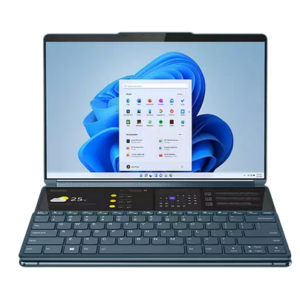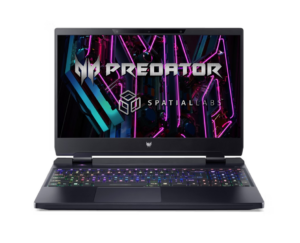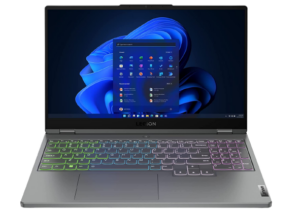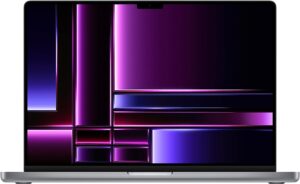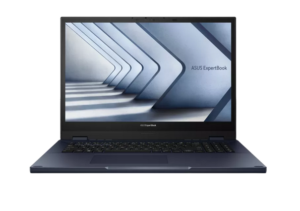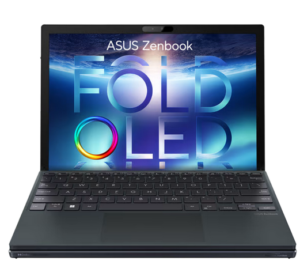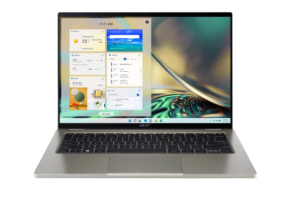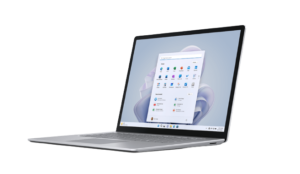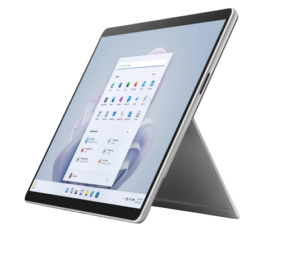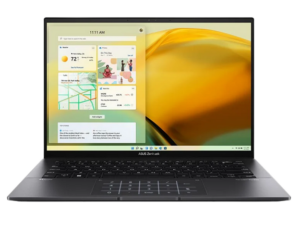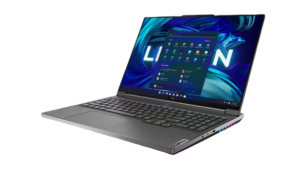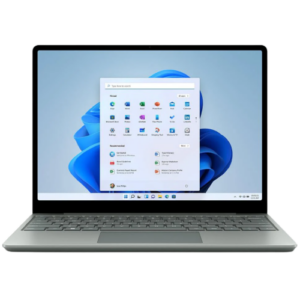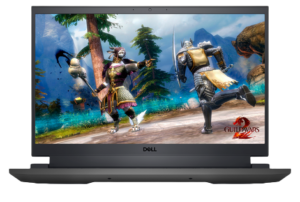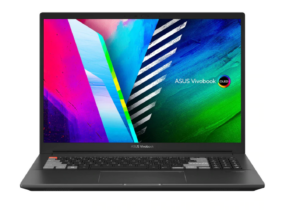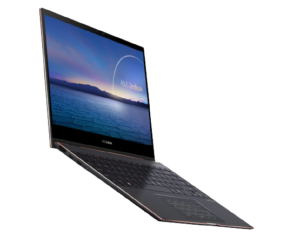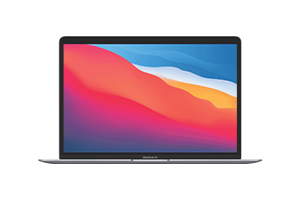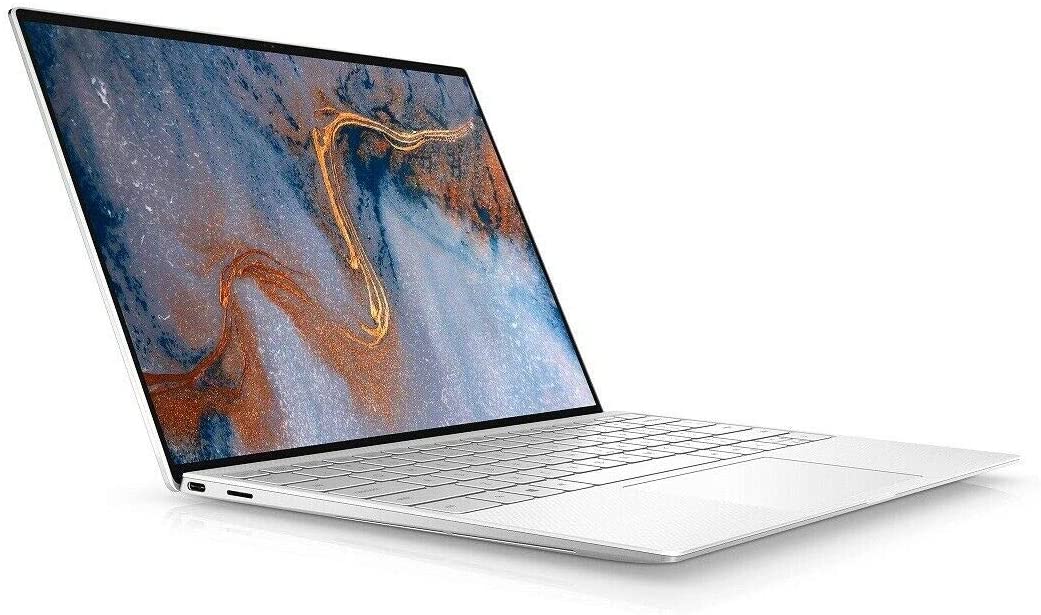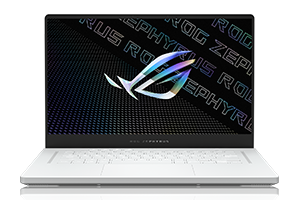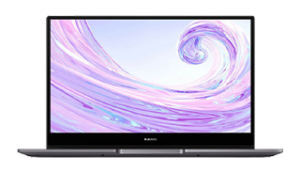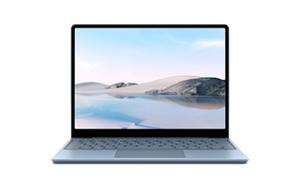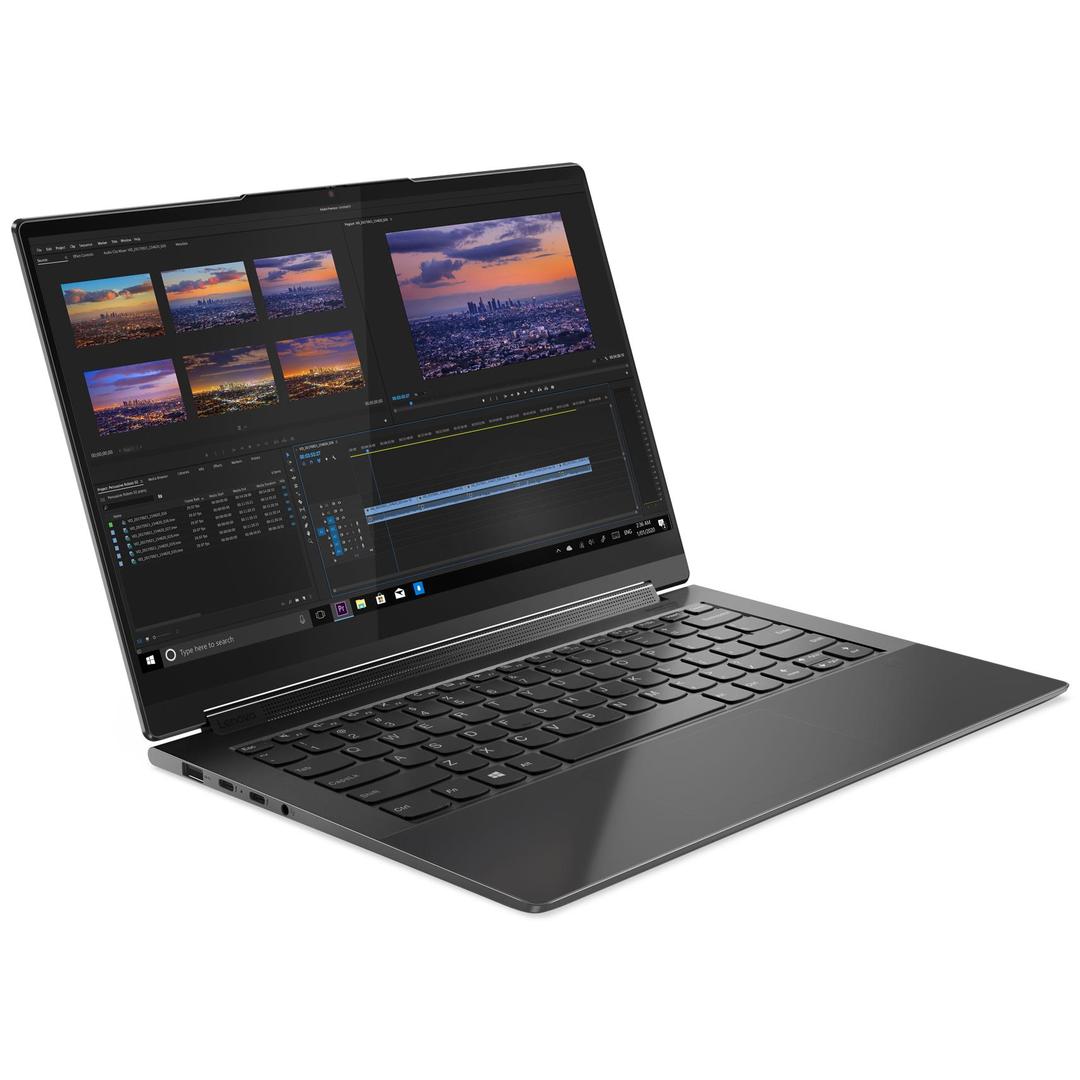A futuristic 2-in-1 that feels familiar in all the wrong ways.
The Lenovo Yoga Book 9i is a futuristic concept that makes for a flawed PC
While the new Yoga Book 9i might mark the start of a new era for the line it's exactly the kind of high-concept PC that this branch of Lenovo's roster has always dealt in. The first time you see this thing, the first word that'll come to mind is "why?"
Why would you make this? Why would you like this? Why would you spend this much money on this? What's here isn't the first dual-screened laptop ever, but it's definitely the most dual-screened one.
I love a laptop that challenges your expectations for the way that things have always been done. However, if you're going to raise those questions then you need to have some pretty good answers waiting in the wings. As someone who bought in on the hype and got burned on the e-ink equipped 2016 Yoga Book, this felt like an encore in all the worst possible ways.
The Yoga Book 9i is one of a kind laptop but if you're not in that one-percent who need a multi-screen machine that they can take around with them, it's a dazzling device that's nevertheless hard to recommend.
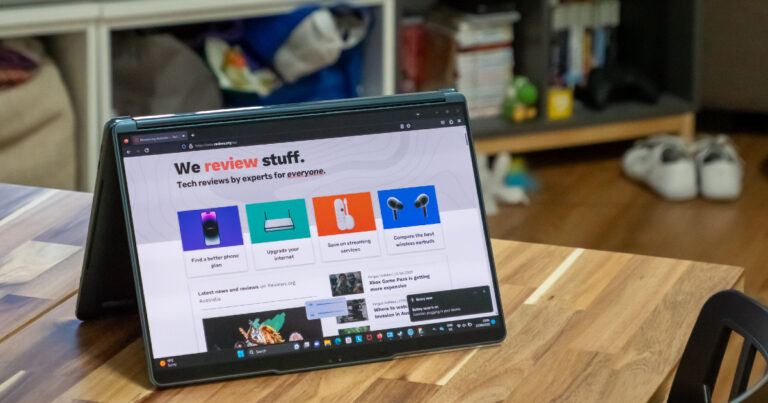
How much does Lenovo Yoga Book 9i cost in Australia?
In Australia, pricing for the Yoga Book 9i starts at $4299. The laptop is available in a single colour (Tidal Teal) and two variants. One model has the higher spec Intel Core i7-1355U Evo processor. The other opts for the more modest Intel Core i5-1355U Evo CPU instead.
If you're looking to get thrifty with it and lock in the best bargain Australia's retailers offer when it comes to the Lenovo Yoga Book 9i, check out the table below.
Before you make a decision, be sure to read our recommendation for the specs.
Lenovo Yoga Book 9i - Design and features
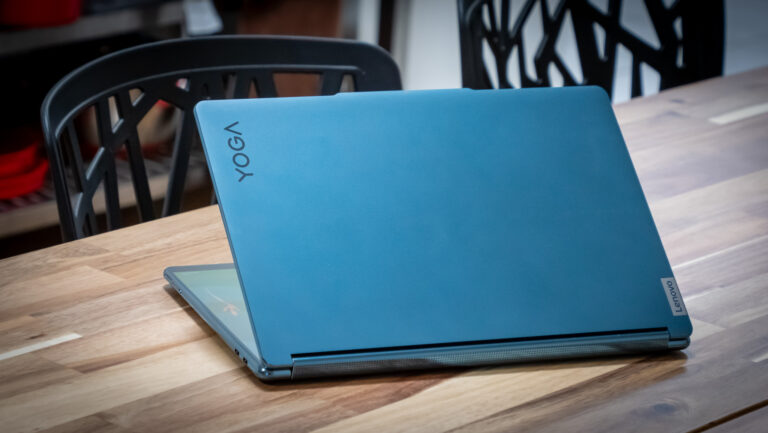
Where most laptops settle for a single OLED screen, the Yoga Book 9i doubles down. It's built around a pair of glitzy "Pure Sight" screens with support 100% of the DCI-P3 colour gamut and rock a more-than-respectable 2.8K when it comes to resolution.
These twin panels, along with the glossy curved glass exterior, make for an almost excessively pretty laptop to behold. The Yoga Book 9i is smooth to the touch and surprisingly slim despite the integration of the second screen, which sits where you'd ordinarily expect a traditional keyboard and trackpad.
The sides of the convertible submit to this trend toward minimalism, housing a trio of USB Type-C ports and a physical privacy toggle. There's no headphone jack to be found here, nor are there any SD card slots or traditional USB ports.
Courtesy of that second screen and a 360-degree hinge, the Yoga Book 9i can be set up in new orientations that mimic the experience of a multi-display setup. Scroll Mode lets you stack the two 13.3-inch screens here on top of one another. Meanwhile, Book Mode gives you a pair of vertically oriented displays to work with.
These inclusions inevitably come across as a little niche and overkill, but it should be said that no other traditional laptop can quite match the Yoga Book 9i in this regard. The only thing that comes close is foldable laptops like the ThinkPad Fold X1 and the ASUS Zenbook Fold OLED, though these come with their own shortcomings, caveats and a significantly higher price tag.
The ability to go beyond the usual laptop, tent and tablet modes is nice to have in a broad sense, but I mostly came away from messing around with them with the sense that there's a good reason that these screen layouts aren't quite as ubiquitous as the status quo. It doesn't help that the screens on the Yoga Book 9i end up feeling an inch or two too small for the device to fully live up to its potential as a portable option for power users.
While this moniker is mostly just marketing, there are a few criteria that Lenovo uses to distinguish the PureSight-graded screens on the Yoga Book 9i from the rest of the roster. Specifically, the term covers top-of-the-range displays with more than 220 pixels per inch (PPI), a 90Hz adaptive refresh rate and a 1 millisecond response time.
LCD PureSight screens are expected to hit 100% sRGB colour space and volume while OLED ones are required to meet 100% DCI-P3 standard and 10-bit colour depth.
As with other premium Yoga devices, there's a Bowers & Wilkins soundbar built into the hinge on the Yoga Book 9i. There's also support for both Dolby Atmos and Dolby Vision, which helps make the Yoga Book 9i just as good for consuming content as it is for creating it.
Where the rest of the Yoga line tries to pitch itself at creators who want to prioritise performance, portability or a flexible 2-in-1 laptop form factor, the Yoga Book 9i seeks to satisfy all three at once while looking as good as it can. That's a tall order, so it's little surprise that a few things slip through the cracks.
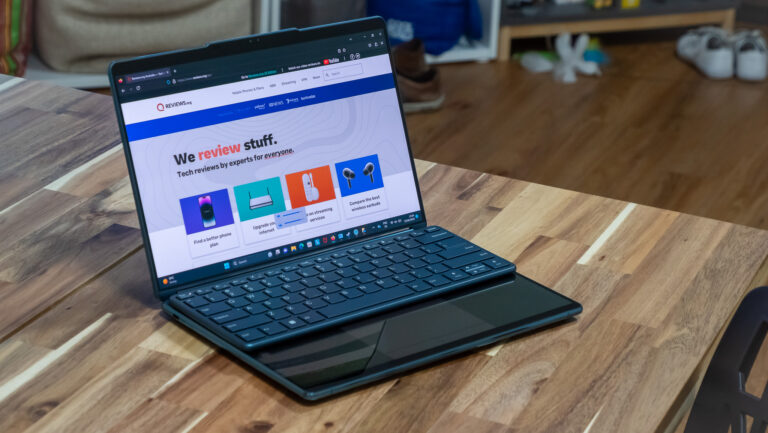
Storage: The baseline model comes with 1TB. This can be upgraded.
Memory: The baseline model comes with 16GB. This cannot be upgraded.
The first of these has to do with the default on-screen keyboard and trackpad setup.
It's telling that Lenovo includes a Bluetooth keyboard in the box because the experience of relying entirely on the second screen as a digital input device leaves a lot to be desired. Wrist detection appears to be minimal, which results in a lot of accidental inputs. The absence of the kind of feedback you get with a physical keyboard quickly sent me scrambling to find it.
The Bluetooth keyboard that's bundled in here is a definite improvement over its digital counterpart. It magnetically snaps onto the lower of two screens, which is a nice touch that's often undercut by the fact that you can't close the two screens with it sitting there as you can with a similar setup on the ThinkPad X1 Fold.
The short version here is that the slant towards form over function leaves you with a laptop that's brilliant to look at but one that sometimes feels more than a little bit clunky to actually use.
If you buy a brand-new version of this product, the box will include the following:
- The Lenovo Yoga Book 9i
- Bluetooth keyboard
- Magnetic stand cover
- Power brick and AC adapter
Lenovo Yoga Book 9i - Performance and battery life
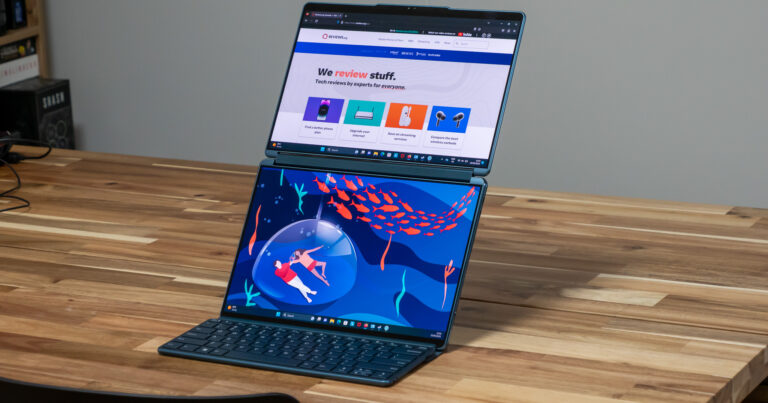
Under the hood, the Yoga Book 9i is geared up for creators with an Intel Core i7-1355U Evo processor, 16GB of RAM and up to 1TB of PCIe SSD storage. The model we reviewed was as high-spec as this particular laptop gets.
Nevertheless, the one missing piece here is a dedicated GPU. If that's something that you need for your workflow or gaming pursuits, you'll have to look elsewhere or find some way to survive on what Intel Iris Xe hardware that's integrated into the Yoga Book 9i can offer.
In terms of how we'd rate it, the Yoga Book 9i can just barely squeak over the line into the Enthusiast category so long as you're sticking with the Core i7 model. That variant of the device is more than capable enough for everyday tasks and power users who want to get the most out of its multiple displays, but the absence of advanced cooling tech or a dedicated GPU means that it won't suit situations where those inclusions are more necessary than nice-t0-have.
In contrast, the Core i5 model is firmly in Everyday territory.
Essential processors should be able to handle the basics: email, social media and some light web browsing. Gaming or more advanced tasks like image and video editing are likely off the table.
Everyday processors should be able to confidently meet basic performance requirements for most people. Email, social media and web browsing shouldn’t be a hassle, and while they aren’t able to handle graphically-demanding AAA releases, they should be able to run some indie or casual games. This is typically where Chromebooks top out.
Enthusiast processors should be able to easily exceed the minimum requirements of most users and be powerful enough to handle some AAA gaming, though not at the highest fidelity. That usually excludes most ARM processors.
Extreme processors should be able to do anything you can think of. Games should run at high frame rates on the highest possible settings, and multitasking shouldn’t be limited in any significant way.
Benchmarks rarely tell the whole story but our testing saw the Lenovo Yoga Book 9i emerge with performance that rarely lives up to the lofty price tag. That isn't a huge surprise given the specs here. While it did score well on Cinebench, it lagged behind many of the other laptops we've reviewed when it came to Geekbench and Novabench.
Those results are befitting of a laptop with an integrated GPU and 16GB of RAM, but they're hard to square when you think about just how much the hardware here costs.
If your workflow mostly exists within the confines of a web browser, the Yoga Book 9i is more than up to the task. However, if that is the case, then you're probably paying a lot more than you could get away with here. It's not hard to find a single-screened laptop with these same specs for less than half what this one cost.
For all the boundary-pushing possibilities that having a second screen brings with it, it feels like the more modest (or even mediocre) performance holds the Yoga Book 9i back from being what it could be.
It's a similar story when it comes to battery life. It took just 5 hours and 19 minutes of video streaming to run the battery in the Lenovo Yoga Book 9i down from 100% to zero. That's a pretty weak result, though it's not surprising given the second screen.
There are few things more annoying than buying a brand new laptop and discovering it has a bunch of annoying bloatware installed out of the box. Here's what the software situation for the Lenovo Yoga Book 9i looks like once you've set it up for the first time.
- Dolby Access
- Lenovo Pen Settings
- Lenovo Now
- Lenovo Vantage
- Lenovo Hotkeys
- McAfee
- Spotify
Is the Lenovo Yoga Book 9i worth buying?
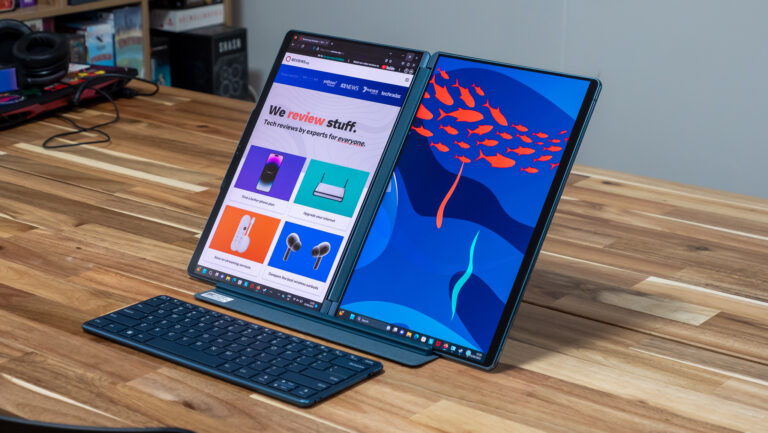
To its credit, the Yoga Book 9i is a genuinely fresh take on the increasingly-tired 2-in-1 formula. Given how generic and homogeneous modern laptops are, that alone is something to acknowledge or even celebrate if you're someone with an affinity for cool tech.
Unfortunately, that novelty faded fast for me. The more time I spent with the Yoga Book 9i, the more I came away with the sense that it's a device built more to look good than help you work good.
The Yoga Book 9i is a one-of-a-kind work machine with unique advantages that unlock new possibilities. It doesn't offer desktop-like performance but it does offer a compelling sort of multi-screen mobility. However, the trade-offs it makes to get to that flexible take on the future of computing don't add up when weighed against the sacrifices it makes along the way and the steep price tag.
Unless you're looking at this thing as a more affordable alternative to a laptop with a foldable screen, the surcharge the second screen commands rarely feels all that justified. While I love what the Yoga Book 9i is trying to do, I found little to like about the reality of what it actually achieves.
This review was originally published on 26 June 2023.
What spec should I buy?
If you're sold on the Yoga Book 9i and its promises of multi-screen mobility, you may as well spend the extra $300 for the Intel Core i7 spec. You'll get better performance, which should provide a degree of future-proofing in the years to come.
How does Lenovo Yoga Book 9i compare?
How we review laptops
Whether you're looking at a mainstream computer brand like Dell or a dedicated gaming brand like MSI, there's an immense number of decisions you'll need to make when purchasing a laptop. If you're not sure where to start, here are a few important features to consider when shopping for your next laptop:
- Screen size and type: Unlike upgradeable components like your GPU, RAM and storage, you're stuck with the display you buy when you purchase a laptop. Is it a comfortable size? Does it offer a wide-viewing angle?
- Resolution: Similarly, you can't change your display's resolution after the fact. 1080p (Full HD) is the bare minimum these days and most laptops worth their price tag aim for 1440p at least (QHD or QuadHD) but you can also opt for 4K if you're willing to spend a little extra.
- Refresh rate: A screen's refresh rate is the measurement of how frequently it changes. If you play fast-paced multiplayer games like Call of Duty, you know that the difference a few milliseconds that a high refresh rate gets you can count for a lot. The higher the refresh rate, the better. Most conventional laptops offer 60Hz to 90Hz but fancier gaming laptops can offer 144Hz, 165Hz or even 240Hz screens.
- Ports and connections: Like your screen, ports will impact your everyday experience with a laptop, particularly if you use it for work. While you can work around this with USB hubs and adapters, a laptop with fewer ports than you need can quickly become a headache.
- Future-proofing: There are no hard and fast rules here but as a general suggestion, you'll want to sure you're laptop has the legs to survive a few years of technology improvements in any way you can. You can overshoot on your desired specs, spending more on a machine that's more powerful than you currently need, or opt for a model or brand that has support for upgrades down the track. Check which features of the machine are upgradeable. The Dell XPS 15, for example, supports additional RAM, while Apple MacBooks do not.
Check out our dedicated laptop buying guide for more suggestions on shopping for the best laptop for your needs or this more in-depth guide on how we review laptops.
Lenovo Yoga Book 9i FAQ
16GB is a good place to start when it comes to RAM, but it's not necessarily going to be the end of the road if your needs are more demanding. It's enough to get by, but it might not be enough for the future or for more performance-oriented users.
If your next laptop doesn't support upgrading your RAM later down the line, it's usually smart to overshoot and aim for 32GB of RAM instead.
Not all RAM is born equal. Size isn't everything. Speed also matters.
If you're looking to find out just how fast the RAM in your laptop is, the quickest way to do so is to identify the type of memory and then Google the standard expected speeds that it should offer. For example, LPDDR5 offers speeds of up to 6400Mbps while DDR4 memory can only rev up to 3200Mbps.
If you want to go one step further and determine whether the RAM in your laptop is delivering the speeds it should be capable of offering, then it might be worth putting the hardware to the test with a benchmarking tool like Novabench.
It's easy to spend too much or too little on your next laptop, but our take is that the best value laptops tend to sit between $1600 and $2200 in terms of price. PCs that occupy this price-point might not be able to outperform more expensive alternatives, but the bump up in quality over cheaper ones is well worth the cost involved.
Simply put, laptops of this price segment tend to sidestep all the compromises of going cheaper while getting most of the performance you'll get from spending more.
These days, there are three types of Intel Core processors found in laptops. The first is the humble Intel Core i5 processor, then there's the middle-of-the-range Intel Core i7 and the poweruser-oriented Intel Core i9.
If you're going purely by the numbers, the Intel Core i9 is going to provide the best results. However, it's also the most demanding in terms of thermal management. A laptop running an Intel Core i9 processor will be faster than one with an Intel Core i7 or Core i5, but it'll also run hotter.
If you're an everyday or more casual user, an Intel Core i5 is probably going to be fast enough for you. If you're more discerning or planning to play a lot of games, then the up-sell to an Intel Core i7 probably makes sense.
While there's no single component responsible when it comes to laptop speed, the part that usually takes the credit is the processor. If you want your next laptop to be a fast one, you'll want to make sure it has a good processor in it.
As with desktop PCs, the processor is only part of the picture however. If your laptop lacks enough RAM or relies on a slower hard drive for file storage, that'll act as a bottleneck on the performance of the machine as a whole.
Related Articles



